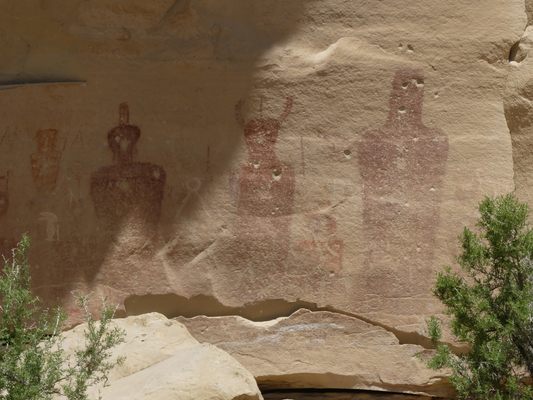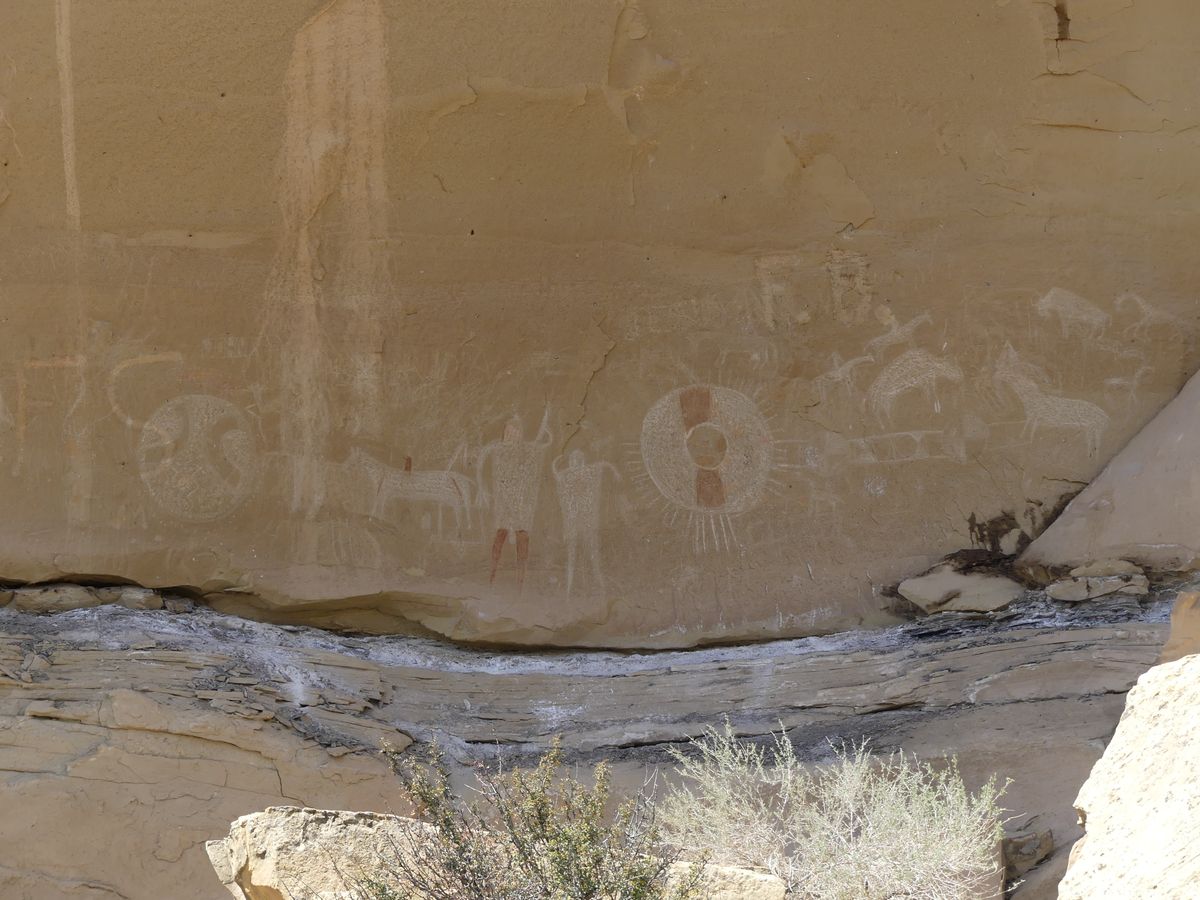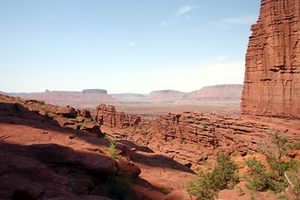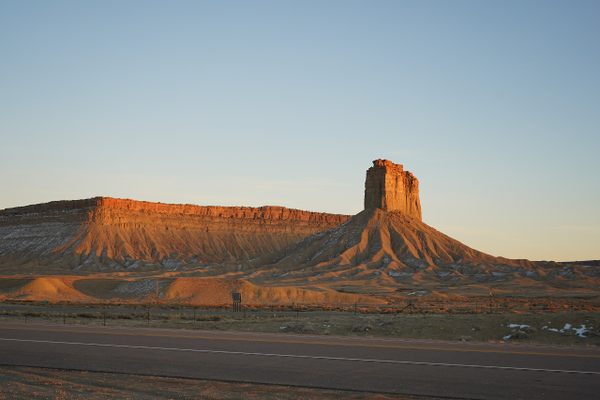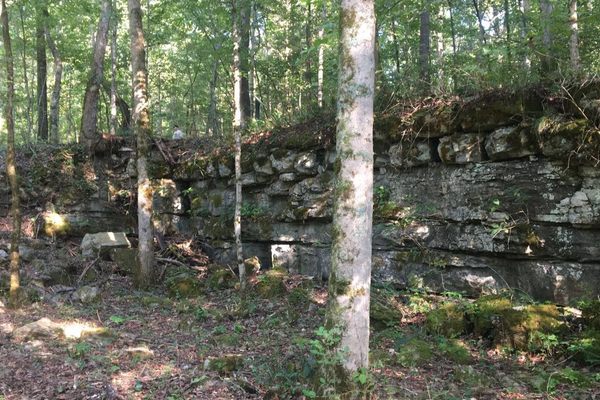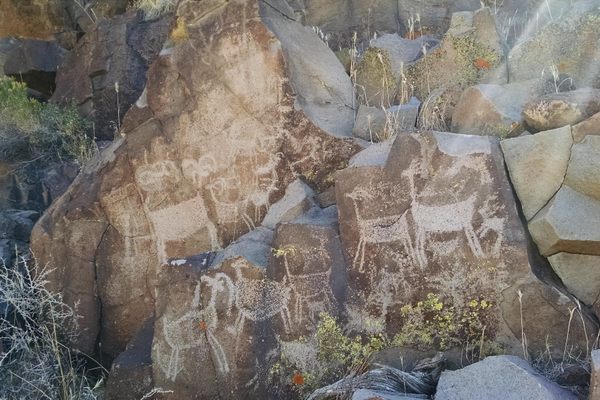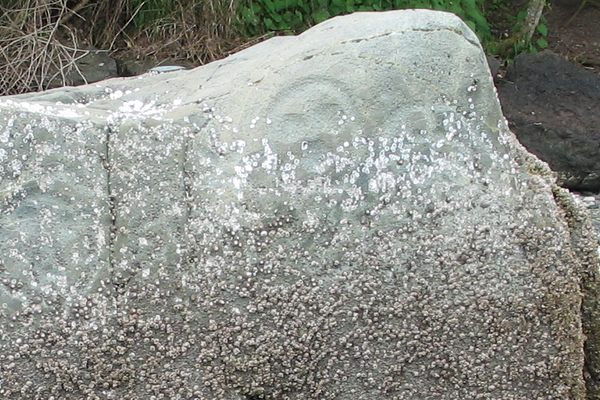About
Sego Canyon, Utah, is just west of the Colorado border along U.S. Route 70. During the early twentieth century, a coal-mining town sprang up in the area. When the mining operation failed, the boomtown went bust. Thousands of years before, Indigenous people painted and carved images onto the canyon walls. Those ghostly forms are still on display today, provocative, mysterious, and enduring reminders of the people who lived here long ago.
Rock art on the walls of Sego Canyon was created over the centuries by three distinct tribal groups who lived in the area: the Utes, Fremont, and Archaic peoples. In the parking lot, on the western and northern walls, you can see petroglyphs (art made by picking or scratching the stone walls) and pictographs (paintings).
On the western wall, just opposite the entrance to the parking lot, are pictographs attributed to the Ute, the indigenous tribe that gave Utah its name. These paintings include pictures of horses, which means the artwork must have been created after 1493, when Christopher Columbus made his second voyage to the Americas and brought horses, which were previously unknown in what is now North America and South America. The pale white circles are shields and may function as symbolic declarations of real estate ownership: “this is the land of the Utes.” Though these are the most recent rock art creations in the area, they also seem to be the most crudely rendered. Living in this part of the world until around 1880, the Utes were eventually forced onto reservations.
On the northern wall facing the parking lot are petroglyphs attributed to the Fremont people who lived in Utah, Idaho, Colorado, and Nevada from the first until the 14th century. These images, scratched onto the canyon walls, contain characteristic Fremont features including longhorn sheep and anthropomorphic figures with trapezoidal and armless upper bodies and some facial definition (e.g., mouths). The heads are sometimes decorated with headgear and jewelry. In the photo of the Fremont rock art, you can see the ghostly reddish images of even older, perhaps Archaic, pictographs; of most interest are two on the upper center and left of center, from whose outstretched arms descend vertical lines, likely indicating rain (which is rare in the desert, which is why these figures may be objects of supplication: the beings you beseech—or thank—for rain).
Walk around this northern wall of the parking lot to see some of the most stunning pictographs in Utah. These paintings, in what’s called Barrier Canyon Style, are attributed to the Archaic people of this region, and the dates for these ancient peoples have been estimated to be as early as 8,000 B.C. until around 1,000 A.D. It is exceedingly difficult to date such old rock paintings, though it may be possible to carbon-date some of the materials in the paint itself, and one can roughly estimate dates based on the amount of patination, the discoloration that results when “rock varnish” creates dark stains on the rock face and the figures.
Barrier Canyon Style is exemplified by the artwork of Sego Canyon and the Great Gallery in the Mazes section of Canyonlands National Park, which used to be called Barrier Canyon but is now called Horseshoe Canyon. Barrier Canyon Style is characterized by ghostly figures, painted without arms, legs, or facial features. They look a little like mummies. The “googly eyes” of the figures could represent the empty eye sockets of skulls, or perhaps this is a connection with the google-eyed rain gods Tlaloc of the Aztec and Chac of the Maya. The many vertical lines on this rock art painting may also represent rain.
Across the road from these incredible artworks are the broken remnants of the now-defunct coal mining operation. On these canyon walls, which are now enclosed in barbed wire, you will find more ghostly figures, with holes in the areas of head and heart, suggesting they may have been used for target practice. Such disrespect for the artistic works and sacred objects of our collective patrimony is not uncommon, as further evidenced by the names and other graffiti scrawled onto these ancient images, acts of vandalism that are now, alas, part of the enduring archaeological record of rock art in Sego Canyon.
Related Tags
Know Before You Go
After passing Cisco on U.S. 70 out of Colorado, take the Thompson Springs exit (187), and follow Thompson Canyon Road through the broken-down buildings that lead onto Sego Canyon Road; then go north for about one-tenth of a mile to the parking lot, which is next to the walls of rock art explained above.
Community Contributors
Added By
Published
June 21, 2021
